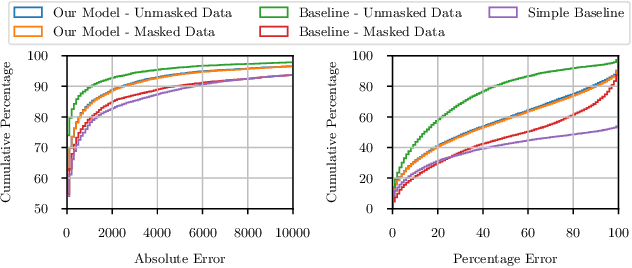Liwen Ouyang
Integrating Offline Reinforcement Learning with Transformers for Sequential Recommendation
Jul 26, 2023



Abstract:We consider the problem of sequential recommendation, where the current recommendation is made based on past interactions. This recommendation task requires efficient processing of the sequential data and aims to provide recommendations that maximize the long-term reward. To this end, we train a farsighted recommender by using an offline RL algorithm with the policy network in our model architecture that has been initialized from a pre-trained transformer model. The pre-trained model leverages the superb ability of the transformer to process sequential information. Compared to prior works that rely on online interaction via simulation, we focus on implementing a fully offline RL framework that is able to converge in a fast and stable way. Through extensive experiments on public datasets, we show that our method is robust across various recommendation regimes, including e-commerce and movie suggestions. Compared to state-of-the-art supervised learning algorithms, our algorithm yields recommendations of higher quality, demonstrating the clear advantage of combining RL and transformers.
Estimation of Corporate Greenhouse Gas Emissions via Machine Learning
Sep 09, 2021



Abstract:As an important step to fulfill the Paris Agreement and achieve net-zero emissions by 2050, the European Commission adopted the most ambitious package of climate impact measures in April 2021 to improve the flow of capital towards sustainable activities. For these and other international measures to be successful, reliable data is key. The ability to see the carbon footprint of companies around the world will be critical for investors to comply with the measures. However, with only a small portion of companies volunteering to disclose their greenhouse gas (GHG) emissions, it is nearly impossible for investors to align their investment strategies with the measures. By training a machine learning model on disclosed GHG emissions, we are able to estimate the emissions of other companies globally who do not disclose their emissions. In this paper, we show that our model provides accurate estimates of corporate GHG emissions to investors such that they are able to align their investments with the regulatory measures and achieve net-zero goals.
 Add to Chrome
Add to Chrome Add to Firefox
Add to Firefox Add to Edge
Add to Edge